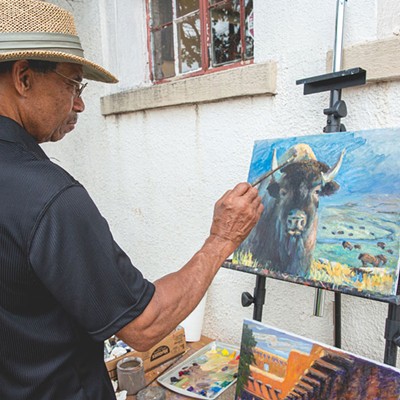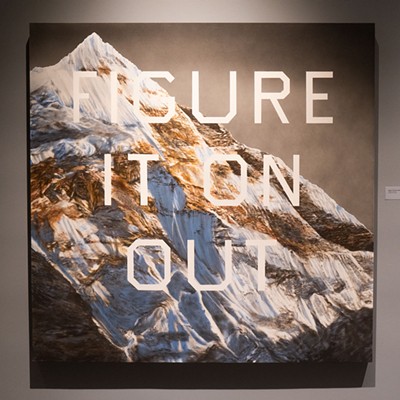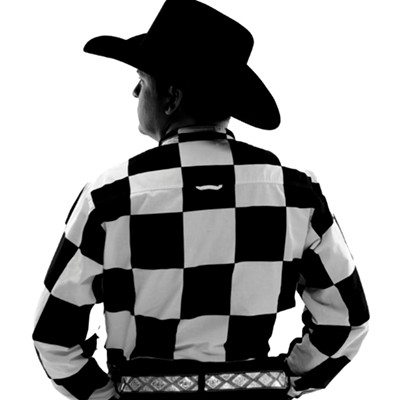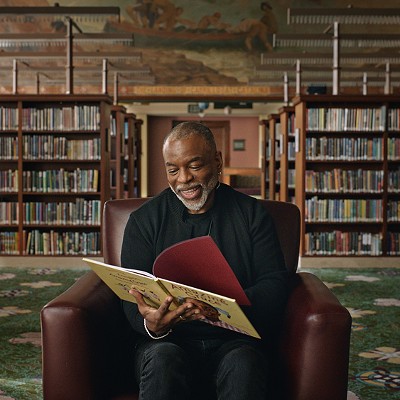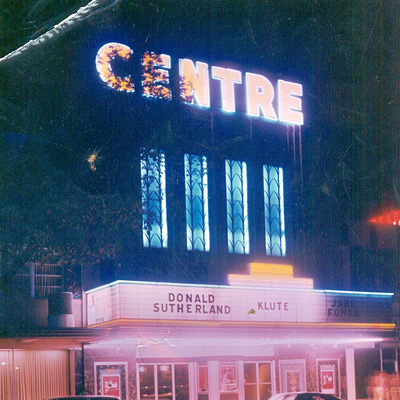At the start of the documentary “These Amazing Shadows,” various film lovers talk about the magic of going to the movies, using phrases like “window to the world” and “religious experience.” But the way things go at the multiplexes these days — texters, talkers, popcornmunchers — when’s the last time you felt that sense of awe?
The only place in town where film can be appreciated year-round as an art form instead of mere entertainment is the Oklahoma City Museum of Art, where “Shadows” unspools Friday through Sunday.
The doc is a love letter to the moving image, using the National Film Registry as its diving board. Created by a literal act of Congress, its board has selected 25 films of cultural, historic and/or aesthetic significance annually for preservation since 1989. From a mix of “sprocket-worn classics” to “consciousness-expanding” works, these chosen few represent snapshots of American history, whether they reflected the era or helped shape it.
As “Shadows” shows, the organization initially was about the issue of artists’ rights, at a time when media mogul Ted Turner was colorizing just about every black-and-white film he owned from studios’ vaults, whether directors liked it or not.
As Turner eventually put his digital crayons away, the registry became about making sure the films simply stick around at all. Sadly, according to “Shadows,” a full half of the movies made before the 1950s no longer exist in any form. Some are in such poor shape, they break upon contact. Other reels are shown to have decayed and hardened into hockey pucks. (See “Reel secret” on Page 61 for a look at OKCMOA’s own preservation efforts.)
“Shadows” delves into the lively debates the board has each year to determine inductees. While the registry includes your expected “Citizen Kane” and “Casablanca,” it also has made space for comparative eyebrow-raisers such as Mel Brooks’ “Blazing Saddles” or the midnight movie fave “The Rocky Horror Picture Show.” The stories behind their nomination and inclusion are, as one would expect, funny — you try presenting a case for a transsexual musical before Congress.
Although most of the films selected are movies, “Shadows” explains how the board has cast its net wider over time to include the occasional short, cartoon, serial, experimental work and home movie — notably Abraham Zapruder’s 8mm footage of President John F. Kennedy’s assassination. To date, one music video calls the list home: Michael Jackson’s “Thriller.”
For the casual movie watcher, “Shadows” almost operates as a primer as to how to watch film actively, rather than passively. For those who already do, it’s like revisiting a particularly treasured photo album. Even the most ardent film buff will be exposed to titles he or she never knew existed.
The only downside s trying to keep a mental “must see that” list without diverting your attention from the screen. A brush-up on your mnemonic skills before attending is, like “Shadows” itself, strongly recommended.

